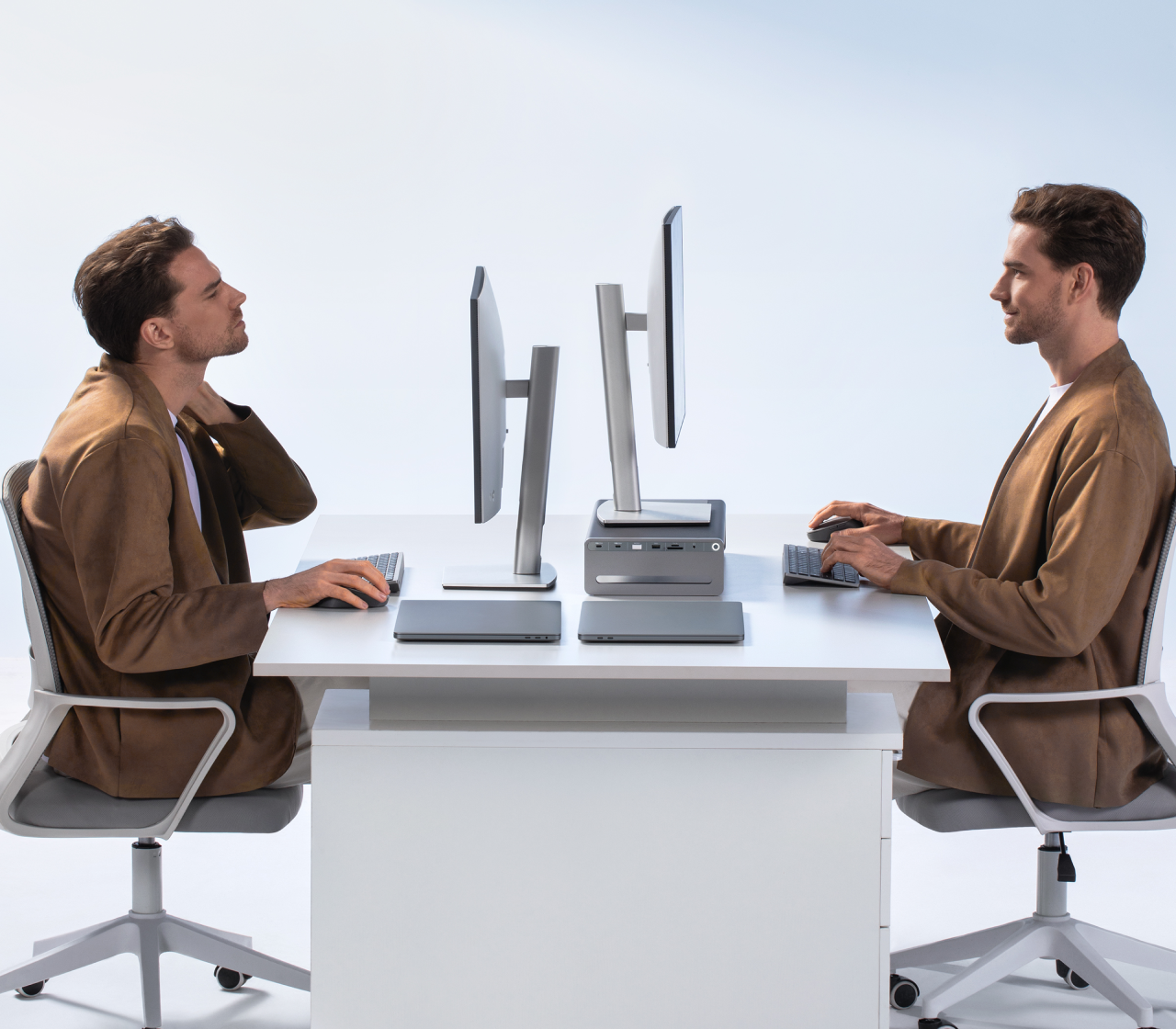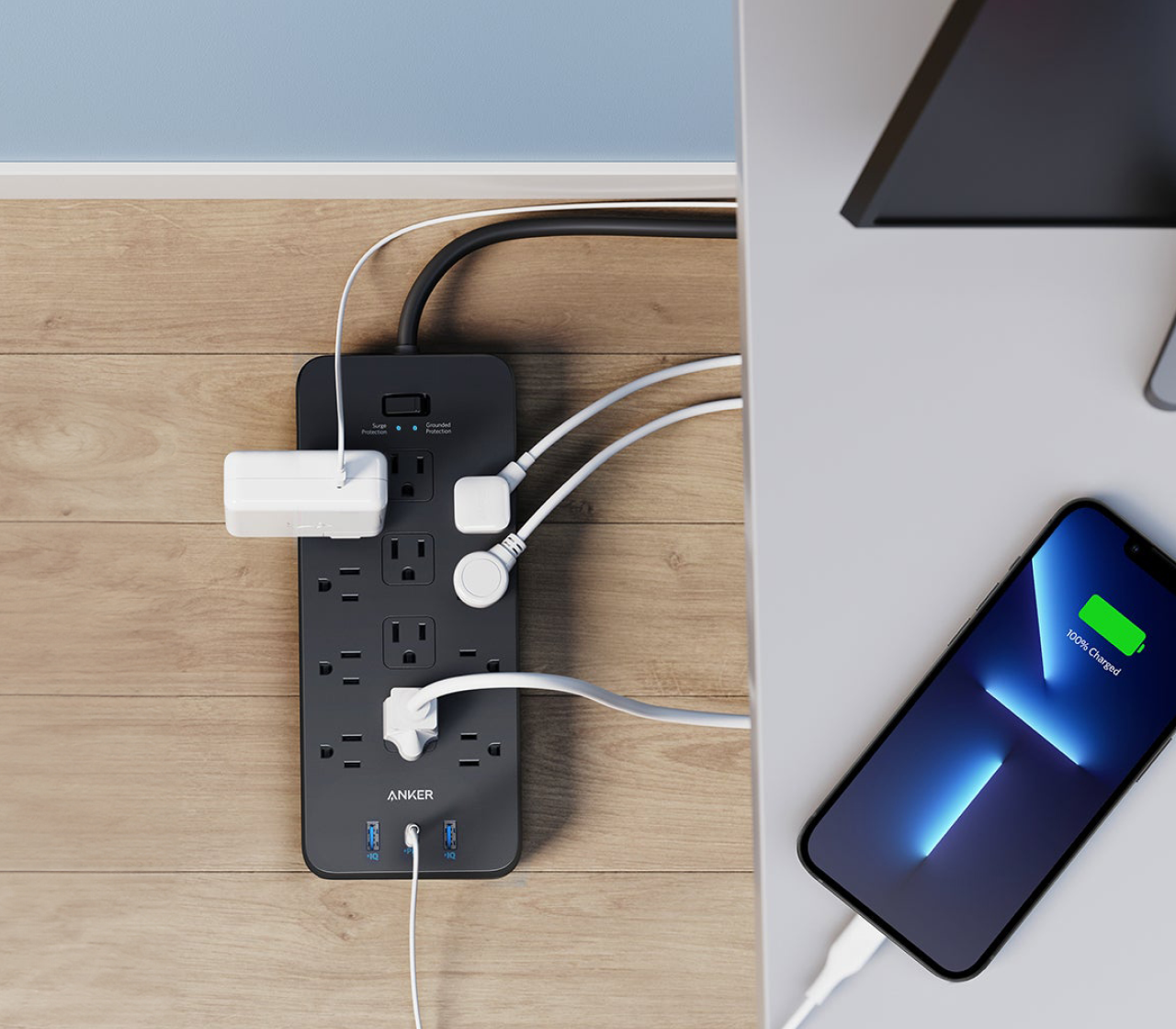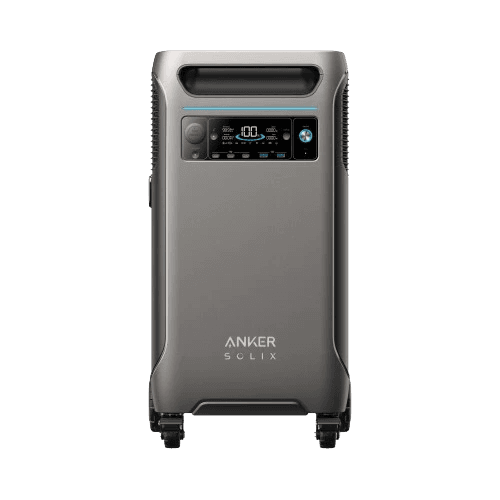

Why a Good Desktop Setup Is Important?
An organized desktop provides a pleasing setup, allowing you to focus, work efficiently, and boost your mood and motivation. For example, a well-designed office desk charging station keeps devices charged and ready, preventing unnecessary interruptions.
Basic Principles for Desktop Setup



Charging Accessories for the Perfect Desktop Setup

Multi-Port USB Charger

Wireless Charger for Desk

Power Strip Charging Station for Multiple Devices

Desktop Charging Hubs and Docking Stations

Adapters
Featured Blogs on Minimalist Desktop Setups
Recommended By






MKBHD
"If efficiency means something to you, then definitely check out Anker, who makes these chargers and cables that I really like."

Unbox Therapy
"I highly recommend the Anker Nano Pro. This truly is a no-brainer."

Jonathan Morrison
"This packs (Anker Nano) a tremendous amount of power in a super compact package."

ZolloTech
"It (Anker Nano Pro) will work flawlessly with your iPhone or other devices."

JerryRigEverything
"There's no reason not to upgrade to the faster charging Anker Nano which costs less while still charging 3× faster."







